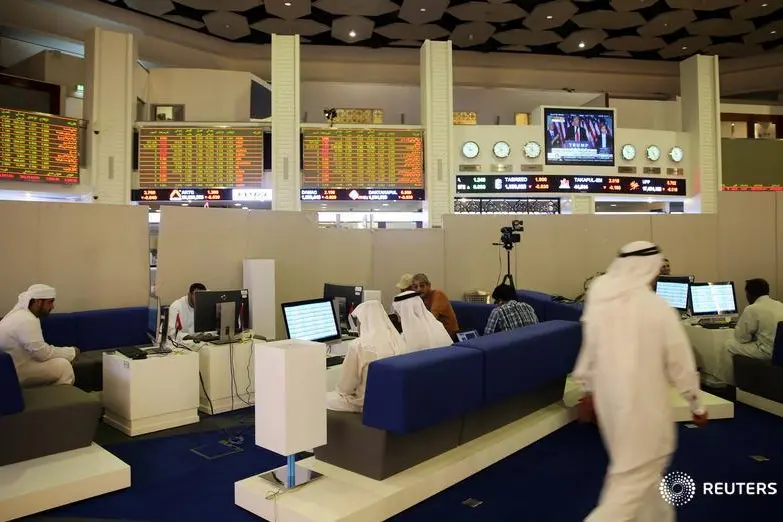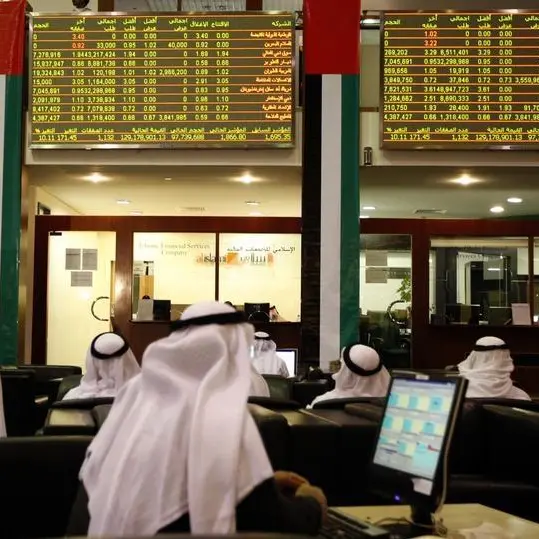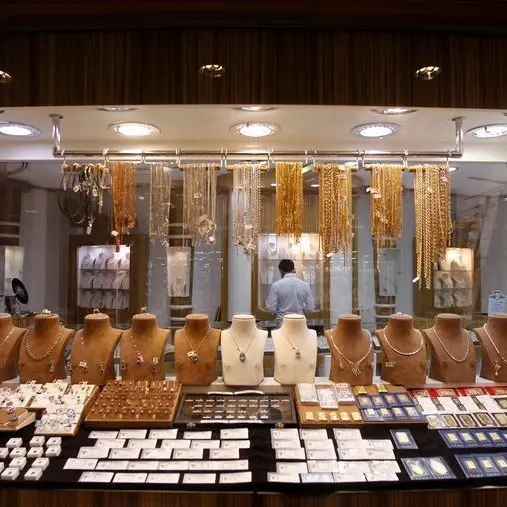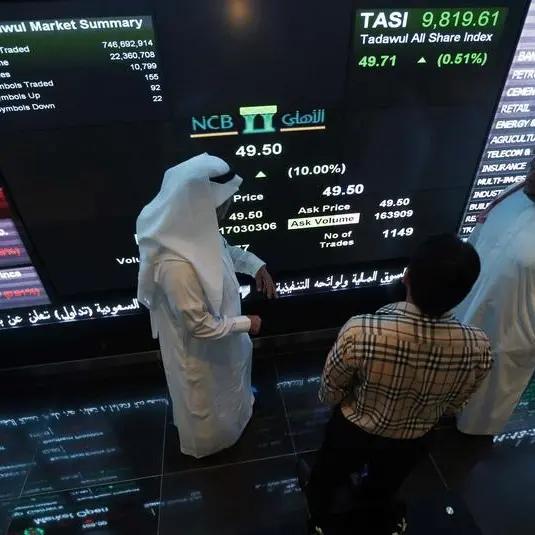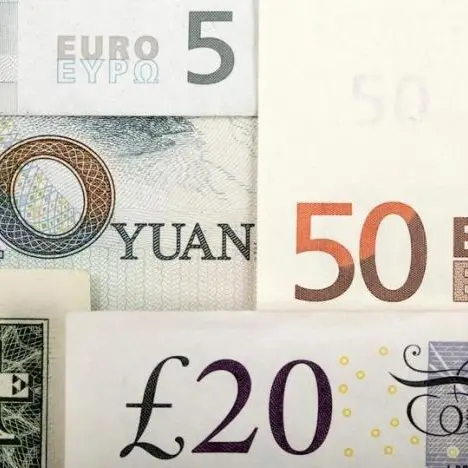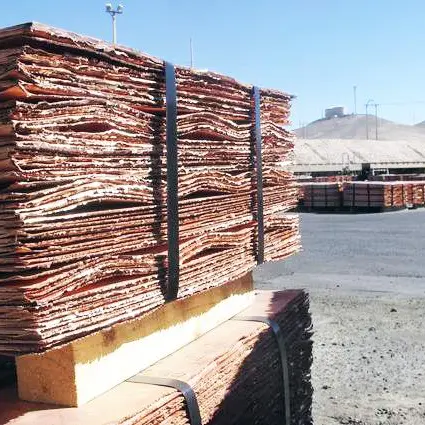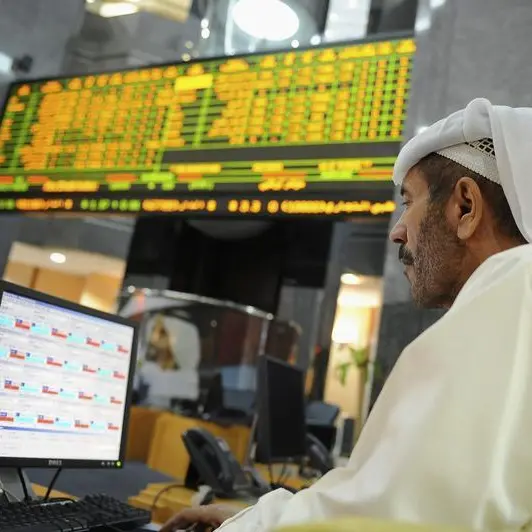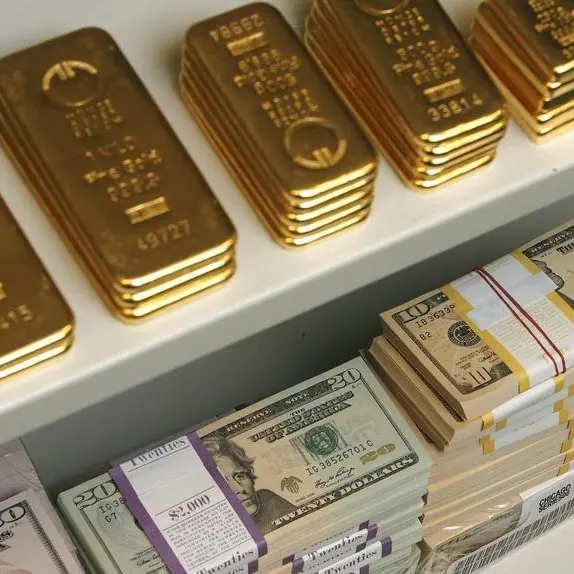PHOTO
Middle East markets were broadly upbeat in July as Dubai’s bourse rebounded following an early summer slump, Qatar extended its 2018 gains and Kuwaiti traders bought into the hype of a potential emerging market upgrade.
UAE
Dubai’s index rose 4.8 percent in July and neighbouring Abu Dhabi’s benchmark jumped 6.6 percent. Dubai stocks rebounded following a June sell-off blamed on the planned liquidation of Dubai-based private equity firm Abraaj.
According to a monthly Reuters poll of 13 leading Middle East fund managers, 40 percent of funds now envisage raising their allocations to UAE equities in the next three months and only 8 percent plan to reduce them. In June, 15 percent of respondents said they expected to up their allocation, with the same percentage saying they would cut them.
“We witnessed a sharp recovery in Dubai as investors, particularly GCC (ex-Dubai) institutions, started bottom-fishing into some blue-chip names such as Emaar Properties and Emirates NBD,” Nishit Lakhotia, head of research at Bahrain’s SICO Investment Bank, told Zawya by email. “We expect this trend to continue with more of stock specific outperformance in the second half of 2018.”
A sluggish economy has weighed on Dubai’s market, according to Akber Khan, senior director of asset management at Al Rayan Investment, who nonetheless described the emirate’s stocks as offering the most compelling value proposition in the region, especially among blue-chips.
“Patient investors are likely to be richly rewarded,” Khan told Zawya by email.
Regarding Abu Dhabi, SICO’s Lakhotia attributed its July gains to index heavyweights First Abu Dhabi Bank (FAB) and Etisalat, which rose 11.9 and 7.4 percent respectively.
“We believe this is unsustainable and one can expect some profit booking in the index,” he said. “Abu Dhabi’s index has outperformed Dubai’s index by more than 20 percent year-to-date (July 2018) and we expect some mean reversion here.”
SAUDI ARABIA
Saudi Arabia’s index slipped 0.2 percent in July as investors, fund managers and analysts took differing views on the kingdom’s second-quarter earnings.
“Investors in Saudi are having to weigh earnings weakness in both the consumer and industrial (sectors) against more than $30 billion in index-related inflows expected in 2019,” Al Rayan’s Khan told Zawya, referring to the decision by MSCI and FTSE-Russell to add Saudi Arabia to their respective emerging markets indexes in 2019.
SICO’s Lakhotia highlighted the strong earnings from companies in the banking and petrochemical sectors.
“We believe this is more of a consolidation phase as although the market does not look cheap and concerns on spending and impact from expat exodus remains,” he said.
“Factors such as expectations of fund flows in 2019 from FTSE and MSCI inclusion and eventual pick up in project awards and payments from government will act as a support and catalyst. Accordingly, we see a good downside support to the index in the second half of 2018 and expect the Tadawul to gradually trend higher ahead of FTSE/MSCI inclusion.”
Nearly 250,000 expats left Saudi in the first three months of 2018, The Saudi Gazette reported, as steadily increasing fees for foreign workers convince growing numbers to quit the kingdom.
QATAR
Qatar’s bourse was the Gulf region’s best performer in July, climbing 8.9 percent as a reduction in foreign ownership restrictions boosted stocks.
Qatari stocks are the second-best performers in the world this year, Khan noted, attributing this rally to the improving company fundamentals as well as greater foreign involvement in stock trading.
“A pause would (now) be healthy but many are hoping for a 10-for-1 stock split across most Qatari names later in the year to add to gains,” he added.
EGYPT
Egypt’s main index retreated 4.7 percent in July, extending losses.
“July historically has had on average the lowest turnover in Egypt going back to 2009, which further deepened the impact of sellers on the market,” Mohamad Al Hajj, an analyst at EFG Hermes, told Zawya by email.
As per EFG Hermes calculations, Egypt’s market is trading at a price-to-earnings-growth ratio (PEG) of 0.7. That compares with 1.1 for emerging markets and 1.3 for bourses in the Middle East and North Africa.
“We see Egyptian equities as one of the most attractive in MENA for long-term investors, and in the short-term we expect a rebound during the remainder of 2018 with a potential 22 percent upside,” added Al Hajj.
KUWAIT
Last month, the Kuwaiti index gained 5.7 percent, buoyed by excitement over MSCI’s announcement in June that it would begin considering a possible upgrade of Kuwait to emerging market status.
Elsewhere in the Gulf, Bahrain’s index added 3.6 percent, while Oman dropped 5.1 percent.
(Reporting by Gerard Aoun; Editing by Matt Smith and Shane McGinley)
(Gerard.aoun@thomsonreuters.com)
Our Standards: The Thomson Reuters Trust Principles
Disclaimer: This article is provided for informational purposes only. The content does not provide tax, legal or investment advice or opinion regarding the suitability, value or profitability of any particular security, portfolio or investment strategy. Read our full disclaimer policy here.
© ZAWYA 2018
